Last week I was in Philadelphia, which is best known for hosting the Liberty Bell, the Mummers Parade, and Gritty—the only professional sports mascot to be adopted as a leftist meme. (Please jump in and correct me if I’m wrong about this.) Most of my time in Philly revolved around writing and taking care of two sweet cats who live in this high-rise apartment building overlooking the city’s Museum District. This is the long greenway that Sylvester Stallone goes sprinting down in the inevitable training montage of Rocky II, chased and cheered on by the entire population of Philly, from the looks of it. The enormous staircase of the Philadelphia Museum of Art (72 steps!) is the culmination of Rocky’s run, and any walk along the Museum District greenway.
But Philly’s self-cultivated reputation as a scrappy underdog city—not unlike the iconic boxer—left me yearning for more disheveled and fragrant green spaces to explore. It was notable how in Philly, the parks seem to come XL-sized but in lesser quantity. For all the flowery grandeur of the Schuylkill River greenway, a multi-use path weaving through the city center and beyond, I found myself searching for even the faintest lick of green space while walking around residential neighborhoods. Occasionally I’d find something tucked away between the old school rowhouses, like Louis P. Paolone Sr. Memorial Park (located steps away from the erogenously delicious Korshak Bagels.) But still, I knew there had to be something vaster and more rustic beckoning nearby.
It’s moments like this when I have to temporarily become a shill for the AllTrails app (and website.) Unlike Google Maps browsing, scrolling around on the AllTrails map is a proven way to locate paths and hike-able spaces within spitting distance of your home or hotel. After coming up empty on my initial research on naturalistic hikes in the Philly city limits, I fiddled around with AllTrails and happened upon a prospect: the John Heinz National Wildlife Refuge at Tinicum. This is how it looked on AllTrails…
…and this is what I found upon driving to the refuge, on the southern edge of the city.
There are more than 500 National Wildlife Refuges across America and a handful of them are hidden in plain sight in heavily-developed urban areas. Philly’s John Heinz refuge—roughly 1,000 acres—was established to protect the largest freshwater tidal marsh in Pennsylvania: Tinicum Marsh. It was once five times that size, so vast that the Lenape peoples referred to this bounteous fishing zone as Tennakon Minquas or “Islands of the Marsh.” Predictably, the European colonizers screwed everything up, draining the marsh so that they could transform the wetlands into solid farmlands.
By the late 1960s, Tinicum Marsh had shrunken to its current 1,000 acre profile and two looming projects threatened to snuff out the remaining vestiges of wildlife that had managed to survive there. There were plans to construct a section of Interstate 95 through the marsh, and—just for good measure—to carve out a portion of the leftover marshland for a new landfill. Much like the People Before Highways movement that stopped I-95 from cleaving through Boston, Philly residents joined forces to grind the development projects and save the marsh. Their voices were amplified by the Senator and ketchup heir John Heinz (R-PA,) who helped secure federal protection for Tinicum Marsh in 1972. The refuge was renamed after Heinz, after he died in a plane crash.
One of the curious things about the marsh is that even after all these decades, it’s not exactly a landmark destination for Philly outdoor enthusiasts. Part of this is probably due to the location of the refuge, in a fairly nondescript residential and industrial area that’s south of South Philly. During my trip, I had the privilege of attending Seder with my lovely Airbnb hosts, Lisa and Robert. None of the guests whom I asked had been to the refuge before, and they had visited every other veritable green space around Philly, such as the Wissahickon Creek trails or FDR Park. Even when I pulled into the refuge parking area the next day—a sunny, breezy Sunday afternoon—there could not have been more than 10-15 cars parked in the enormous lot. This was a good omen.
I don’t want to spoil the experience of exploring the marsh by giving too much away here. The 3.5 mile Wetland Loop is a simple, winding flat trail that really allows you to open up your senses to the refuge’s varied environments and their denizens. The trail encircles the core watershed of the marsh, which is sun-splashed and undulating with reedy plants in which herons and other elegant birds like to hang out. (The refuge is a popular stopover for migratory birds like warblers and sandpipers during spring and fall flights.) You’ll often spot a solitary fisherman hidden in the reeds and angling for crappie on the shorelines of the refuge where fishing is allowed. Red foxes, deer, and muskrats are also known to make appearances in the woodlands along the shoreline.
But what stunned me about Tinicum was the immensity of the wetland itself. You’d never know this area had been downsized by colonial development when walking the marsh, because the scale of the marshland seems to dominate everything in sight. When you look south across the refuge watershed from the beautiful boardwalk that runs through the water, you can see the concrete ribbon of I-95 in the distance and the air traffic control tower at Philadelphia International Airport (it’s located directly south of the refuge.) When you actually reach the woods and wetlands at the south end of the refuge via the Wetland Loop trail, you’ll probably glimpse freight cars through the trees, trudging along an active railroad that runs across the refuge’s perimeter for a mile or two. It’s something of an illusion. Unchecked development could squelch the remaining marshland. But for now, the Heinz refuge is an impressionistic portrait of the natural world’s regenerative power. There were several moments when I felt like I had walked into a 19th Century impressionist painting: particularly along the western stretch of the loop hike, where the trail is flanked by the marsh watershed on one side and by Darby Creek on the other side. A corridor of glittering, moving, enduring water.
Before you hop into your car and hightail it to the marsh, or Philly, know this: there are two ways to explore the refuge. The Wetland Loop is a scenically robust and gentle hike that you can slot into an eventful day. But at the midpoint of this loop hike, you’ll reach a trail junction where you can choose to begin your return journey to the parking lot, or to venture even deeper into the western reaches of the John Heinz refuge. This additional 3.9 mile loop hike—comprised of the Darby Creek Trail and the Tinicum Trail—will take you past the tidal “islands” of the marshland, toward the point where Darby Creek empties into the Delaware River. Combined, these two loop hikes would make for a total hike of 7.4 miles. Almost entirely flat, a bit rough on the soles, but probably worth it if you just can’t get enough binocular action during birding season.
Whether it’s the warblers or the boggy odors and ambiance that lures you, consider the John Heinz refuge as vital a Philly stopover as the 9th Street Italian Market or the galleries at Magic Gardens. A testament to what a proud and gritty city can reclaim.
CLICK HERE FOR TRAIL MAPS OF THE REFUGE
My friend and longtime hiking accomplice George Heinrichs recently informed me of a new long-distance hiking trail that’s being built in the autonomous Kurdistan region of Iraq. This 150 mile trail (tentatively called the Zagros Mountain Trail) will run from the Nineveh Plains near Mosul to mountains along the Iran border. Lawin Mohammad, a founding partner of the organization that’s building the trail, has long specialized in locating forgotten foot paths in the mountains of Kurdistan. According to Ben Mauk, reporting for the New York Times, Mohammad has sometimes sourced trail intel by talking with beekeepers, shepherds, and even checkpoint soldiers. "You never really feel like you’re building trails out here,” Mohammad told the NYT. “Only finding them.”
When/if this becomes feasible, George and I have decided that we need to hike the Zagros Mountain Trail one day. Who knows. Kurdistan could be a state by then. This remains an uphill battle for the Kurds, but as the last two decades have shown us in stark but sometimes inspiring fashion, no hierarchy is impervious. The ground shifts.
Speaking of traveling to distant regions, I just caught The Northman, the third feature film directed by Robert Eggers (who grew up in my mom’s hometown of Lee, New Hampshire!) Eggers gave us The Witch and The Lighthouse—two of the most vividly atmospheric New England movies ever made. The Northman is an insanely violent yet spellbinding viking revenge epic, based on the Norse folk tale that inspired Hamlet. A viking prince, Amleth is cast into the wild when his uncle Fjölnir (Claes Bang) murders his father and assumes the throne. Later, living a bloody existence as a berserker, the adult Amleth (Alexander Skarsgård) has a psychedelic encounter with a Rus seeress (Björk!!!) He returns to Iceland disguised as a slave to enact a slow, sadistic plot of vengeance against his uncle, with the help of a fellow captive and witch (Anya Taylor-Joy.) As Robert Rubsam put it in his Gawker review, “[Eggers’] film does not explain; it inundates. Ancient gods, esoteric rituals, archaic diction, codes of honor and violence: all of it passes without a pause. Amleth receives key instructions from three separate shamans. He allies with a blue fox and breaks into an Icelandic boat burial. Multiple people are sacrificed on-camera. Accents are thick and obscured by the gut-rattling and near-omnipresent score. You just have to keep up.” I couldn’t agree any harder.


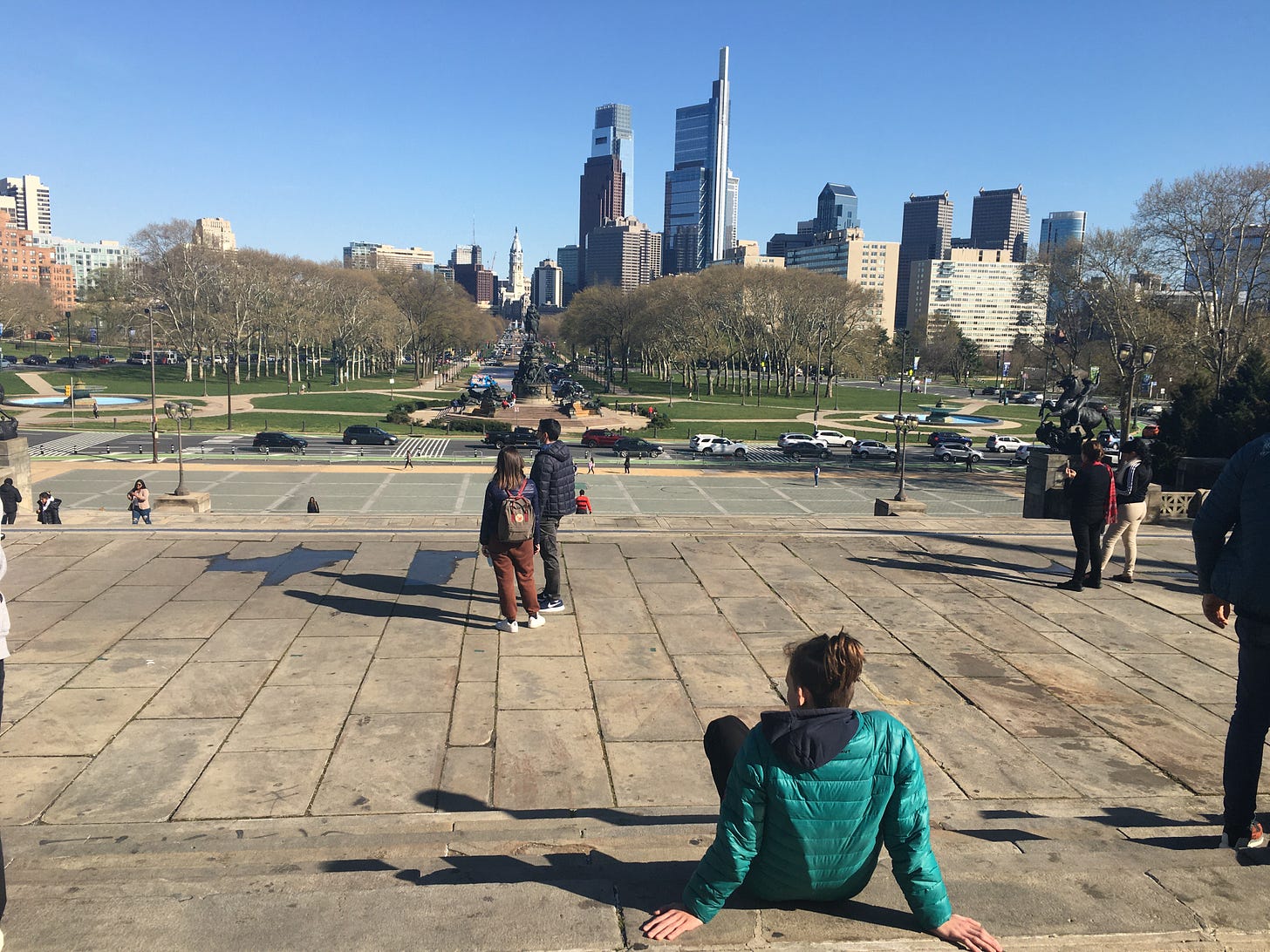


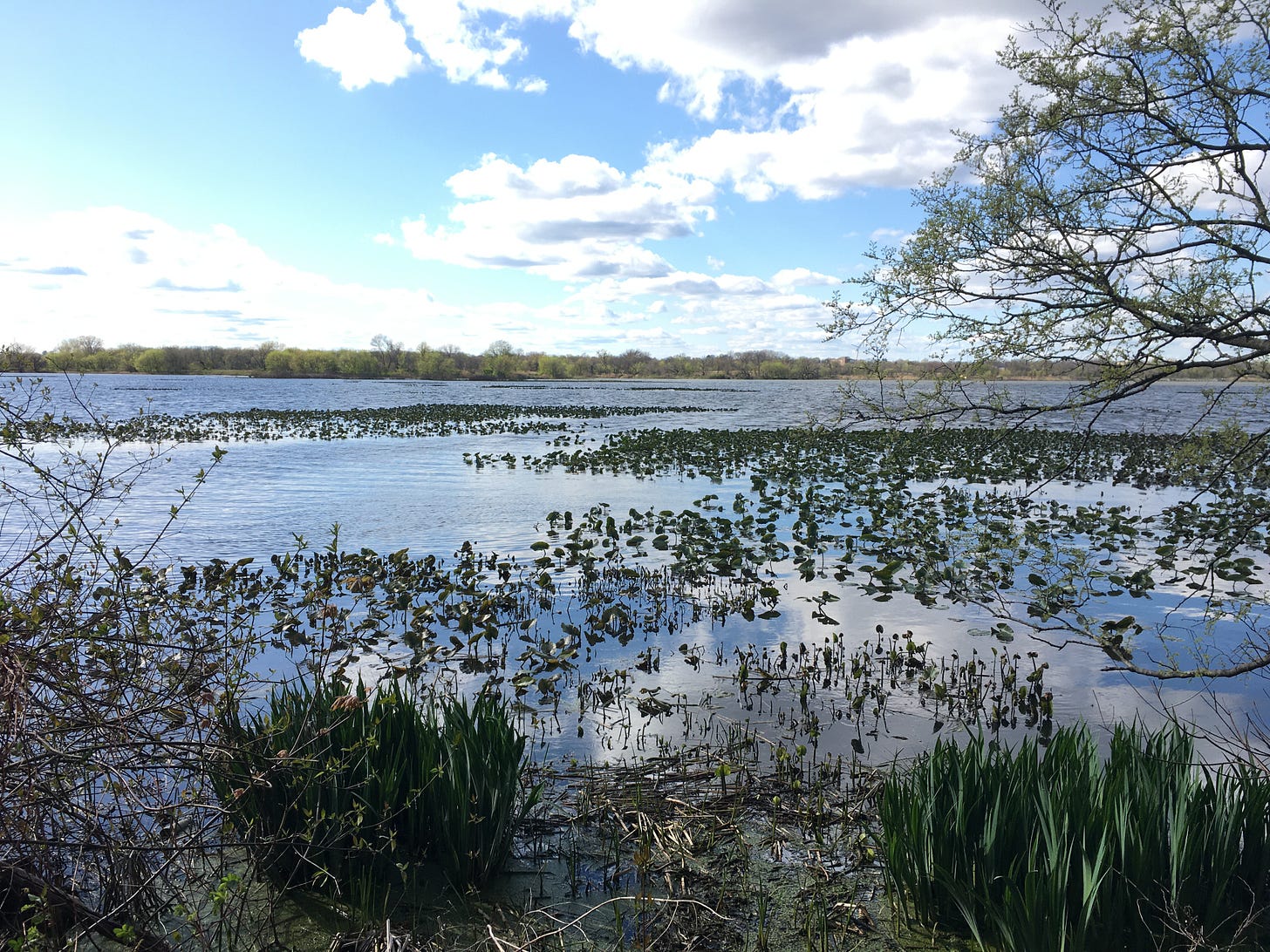
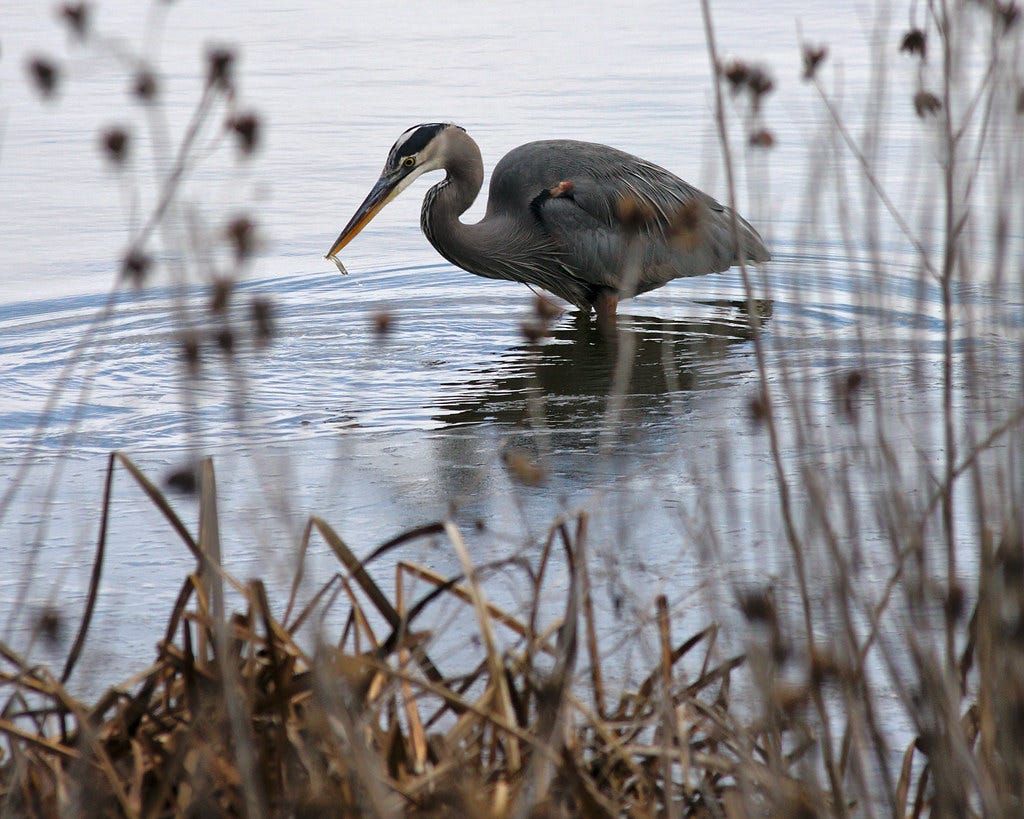
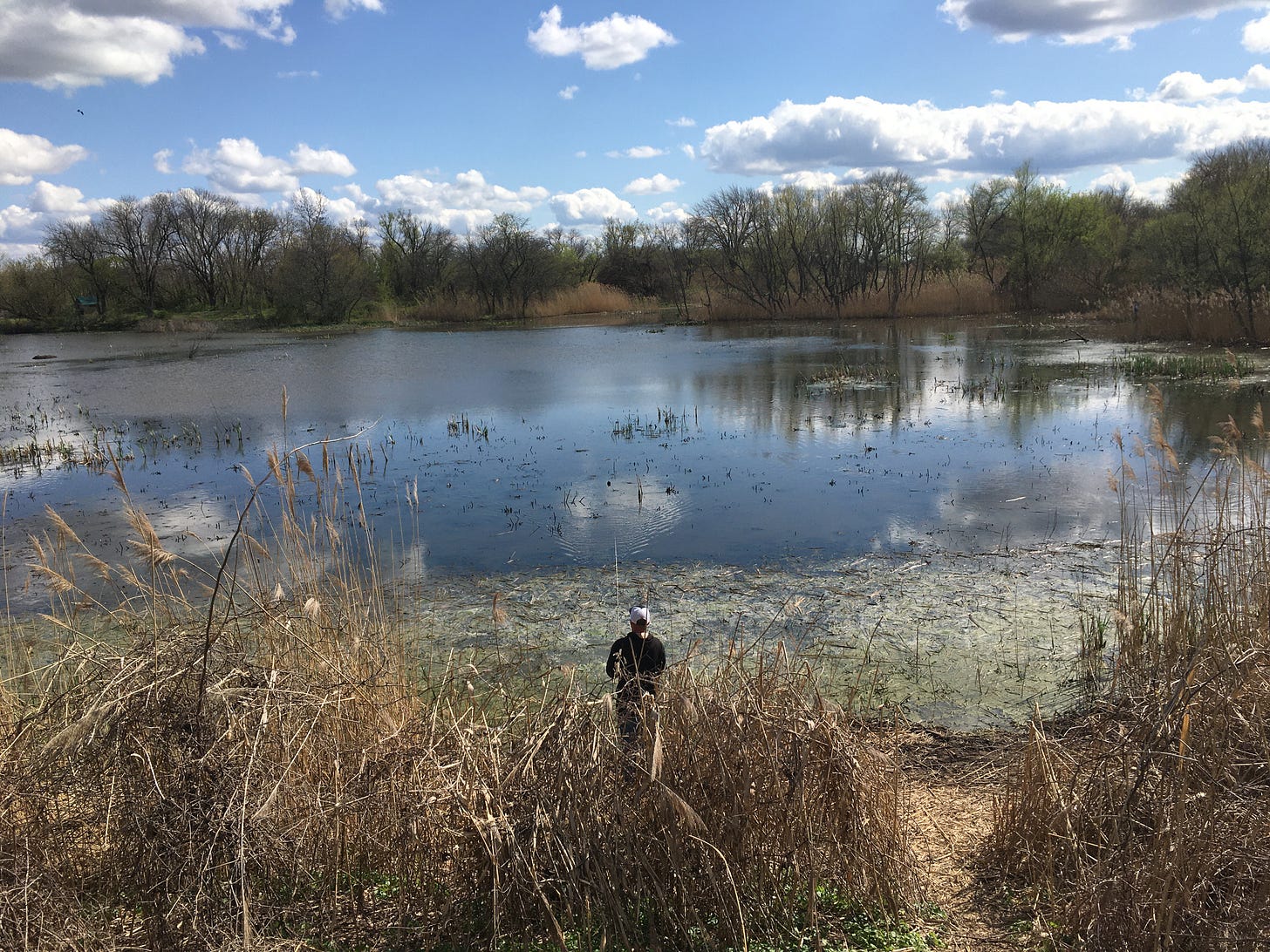
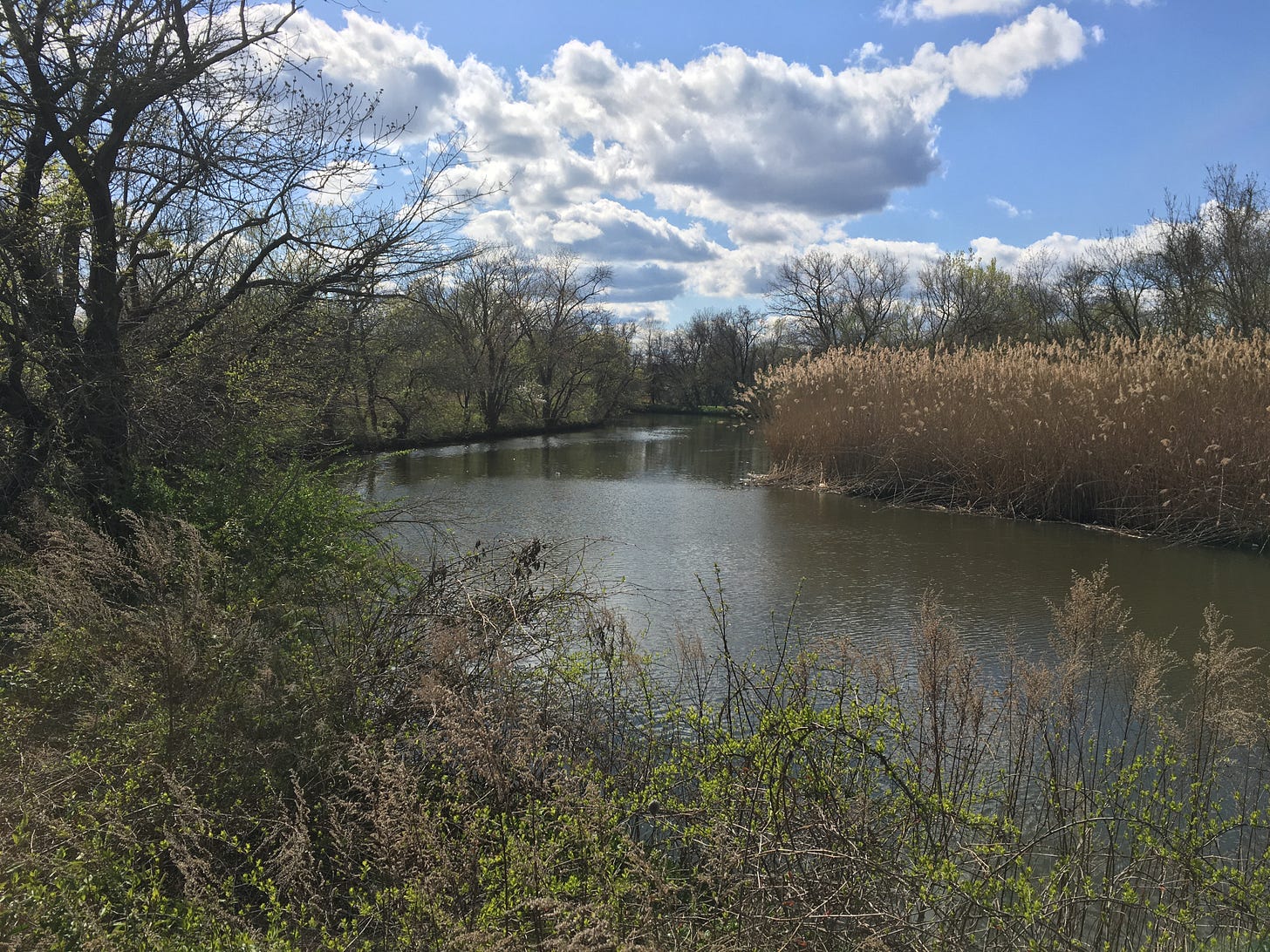
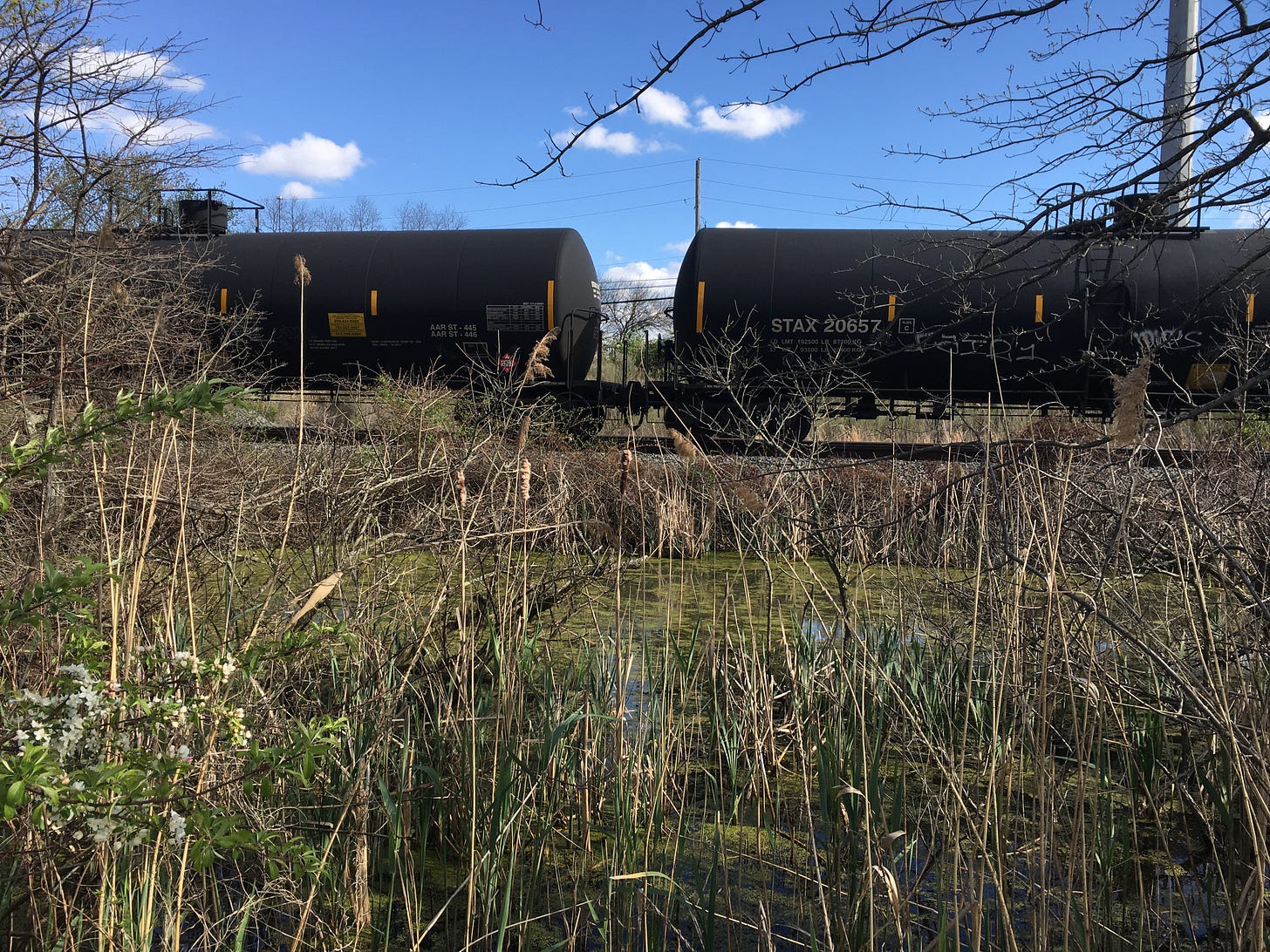
Miles: Thank you again for a wonderful trip and a beautiful one. I wish as always I had been there. Gratefully, Hope